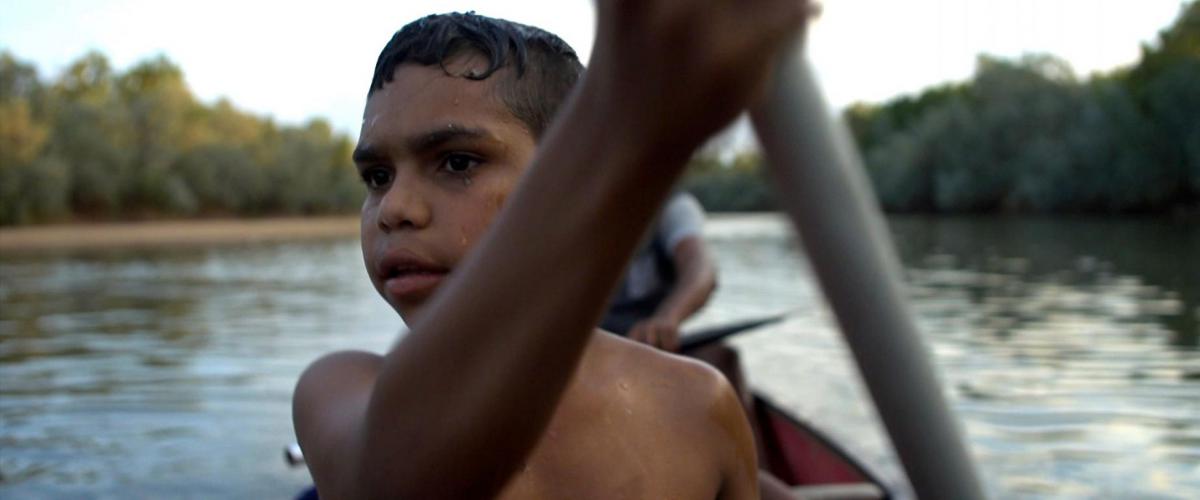
Film
Words by Will Bentley-Hawkins
Anecdotes By Dujuan Hoosan
Images Courtesy Of ABC
A young Indigenous boy lies on his bed as a single tear trickles from his eye. Laid open beside him rests a school report card. “There’s something wrong with me”, the 10 year-old says to himself.
If I could recommend just one piece of television from last year, it’d be Maya Newell’s documentary, In My Blood It Runs. Told through the eyes of the gregarious Dujuan Hoosan, the film shines a light on the failures of mainstream education for Indigenous youth. The footage is raw and unbridled. We see firsthand, the struggle First Nations kids face, when confronted with a system that’s built on western values.
At school, Dujuan is distracted, his attention wanders and he often jigs class whenever he feels like he can’t take it anymore. From early on, it’s obvious this style of learning doesn’t suit him one bit. What’s most alarming, is the level of misinformation preached in the curriculum. At one point, a teacher picks out some historical literature, The Australia Book. Written by a white woman, the teacher is quick to tell her students its “fact”. As she reads aloud, the text labels Australia as an “English country”. Although this is a shocking revelation, it’s empowering to see that despite the history being told from an imperialist perspective, Dujuan well and truly understands what really happened when the British arrived in 1788.


“Aboriginal people told them to go and find another land, as this was their land but they did not listen to them”
What’s more, there’s evidence of confusion on the part of white teachers, puzzled by important symbols and stories embedded in Indigenous culture. In another instance, a teacher stumbles over a story about the Dreamtime, stating to her class, “can you guys understand that? Cause I find it all a bit confusing, the Spirit and the Dreaming”.
What the film does brilliantly, is provide insight into the Indigenous perspective, particularly the depth of struggle faced by First Nations youth in the education system and the ongoing trauma they suffer at the hands of cultural genocide. When Dujuan isn’t at school in Mparntwe (Alice Springs), he’s out at Sandy Bore (homeland) with his Nana Carol learning Arrente (native tongue) and ways in which to harness his Ngangkere (healing powers). We become that fly on the wall, observing how teachings are passed down. Importance is placed on connection to land, language and those who have gone before them. There’s a beautiful moment, where Nana Carol stands on a hilltop at dusk and talks about the difficulty of balancing these two vastly different streams of education.

“I want to go back to my homeland and take my grandchildren with me but education is a long way from them…That’s the reason I live in town because I want my grandchildren to be educated, so they know the system their in when they grow up”.
By passing on Indigenous culture, Nana Carol instills a sense of empowerment in Dujuan. During a campfire under the stars, you can almost feel her willing the children to be proud of who they are! Aboriginal people have agency over their own lives and future generations are learning to lead with self-determination. Every problem that presents Dujuan, is overcome through family ties. Not schools. Not governments. No outside intervention. Messages like these should be spread much further and wider than just the Northern Territory. It’s obvious to see the joy Dujuan feels when out on country. He’s perky, upbeat and most importantly engaged. There’s a slow motion sequence in particular where he flings his head out a car window, revelling in returning home. A strange parallel, but all I could think about was a golden retriever with its head out the car, catching the scent of blades of grass to run in – that true feeling of euphoria.
Before In My Blood It Runs was released, my knowledge and understanding of Aboriginal Ngangkere was non-existent. The documentary does an amazingly candid job of portraying how these powers are used, stored and maintained. From bathing in Arrethe (bush medicine), to sweeping hand movements on painful areas of the body (such as Nana Carol’s sore teeth or Auntie Alexis wounded leg) Dujuan treats his elders serenely and without fuss. I found it interesting to see as Dujuan continues to rebel against school and stay out late at night, Nana Carol is quick to take him to Nana Amelia’s (the best traditional healer in the family). It’s here Dujuan has his Ngangkere assessed, through precise rubbing of the body. Without getting caught up in trying to explain Aboriginal healing power, this film presents it in situ, solidifying its strength and significance.
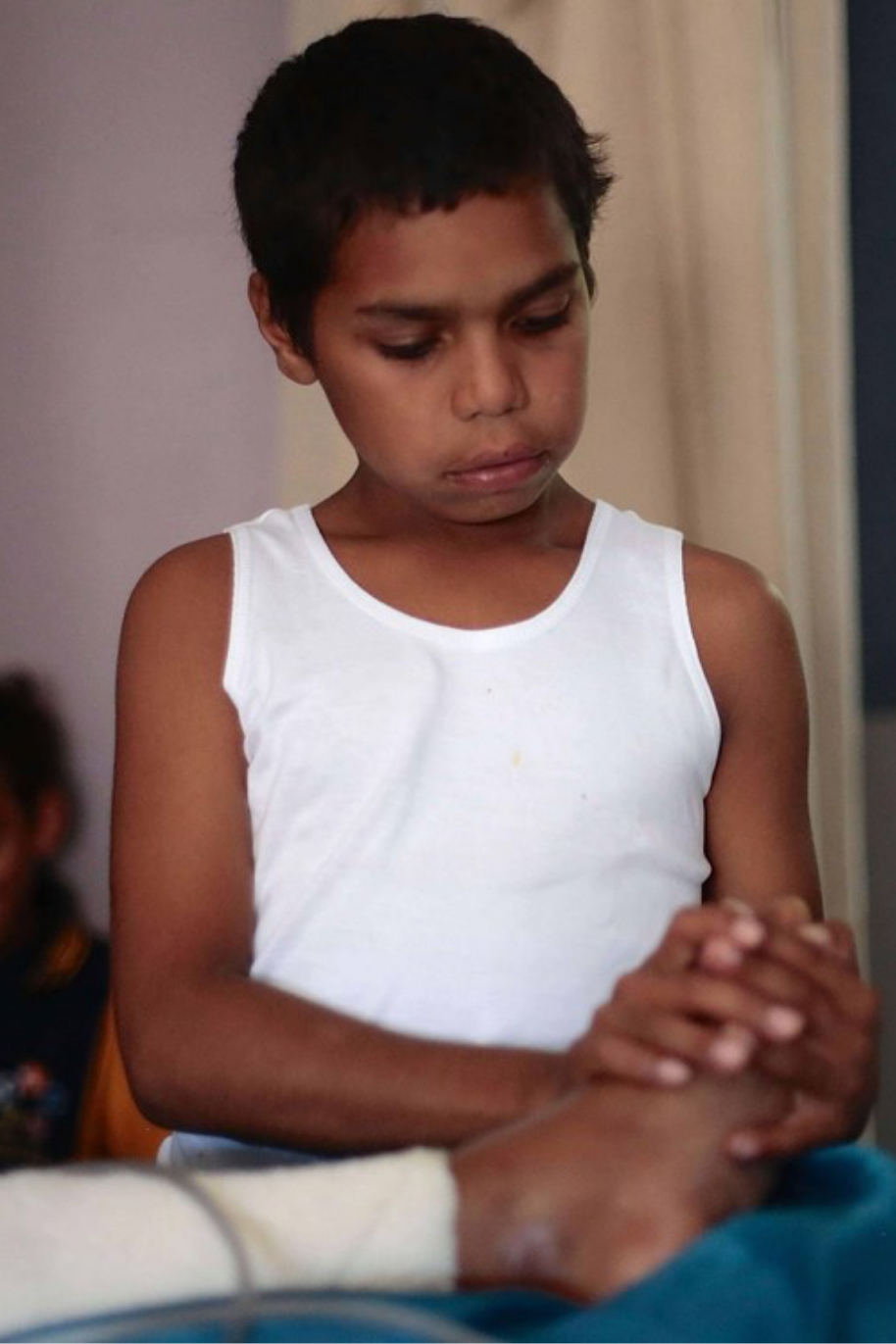
“When you learn to go out bush, you learn how to control your anger, you learn how to control your life”
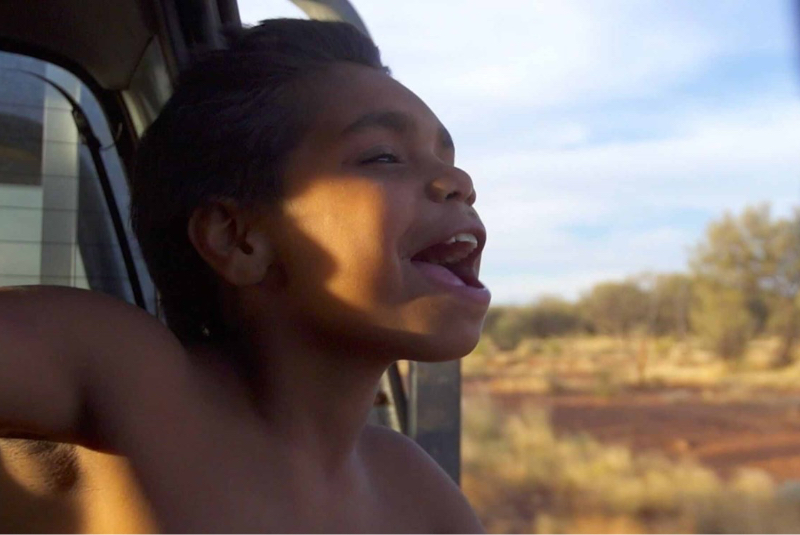
“History runs straight into all the Aboriginals. It travels all the way through from my blood pipes to my brain”.
Dujuan’s mother Megan and her kids sit glued to the television, as an episode of Four Corners plays out. Images of Indigenous kids blindfolded, stripped naked and strapped into wheelchairs beam out. Whether it was intentional or not, Director Maya Newell has happened to tell Dujuan’s story in the midst of a Royal Commission into the Protection and Detention of Children in the Northern Territory. As Dujuan continues to fight against the institution and runamuk at night, he risks being dragged into this horrible world depicted in his living room. A real life tale of cause and effect.

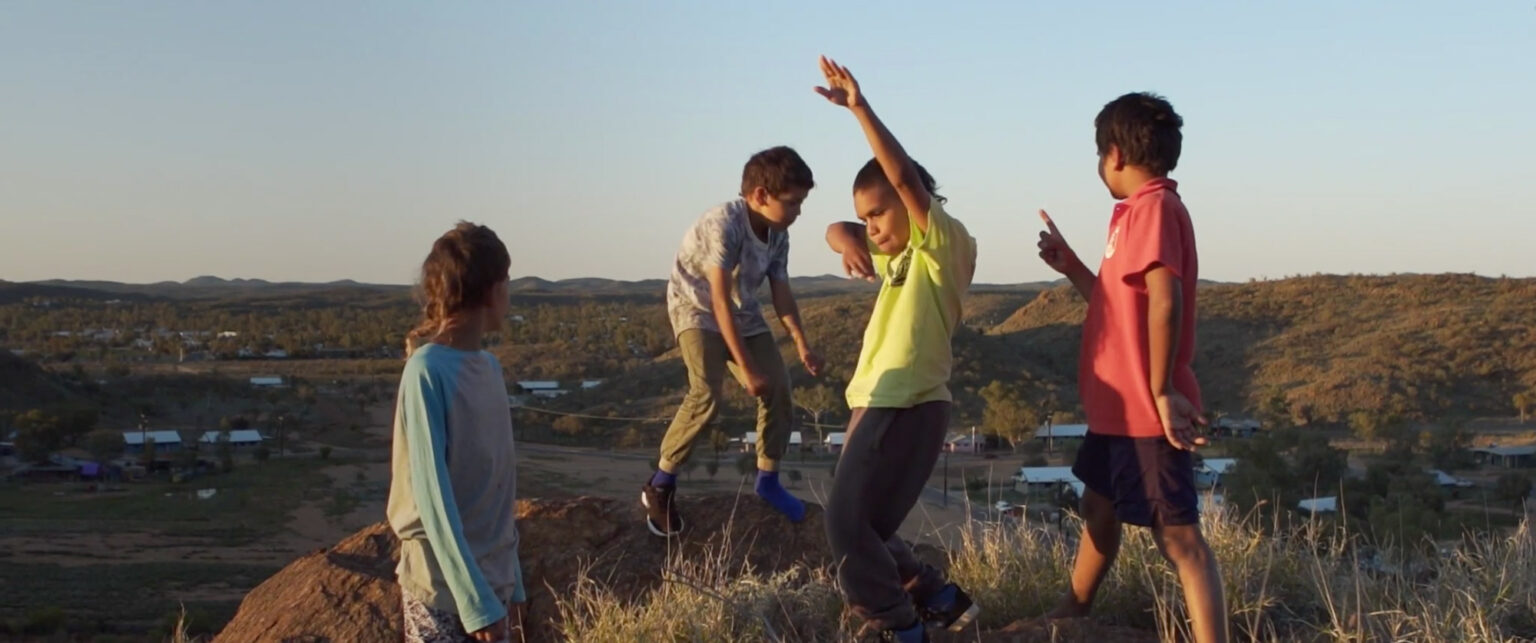
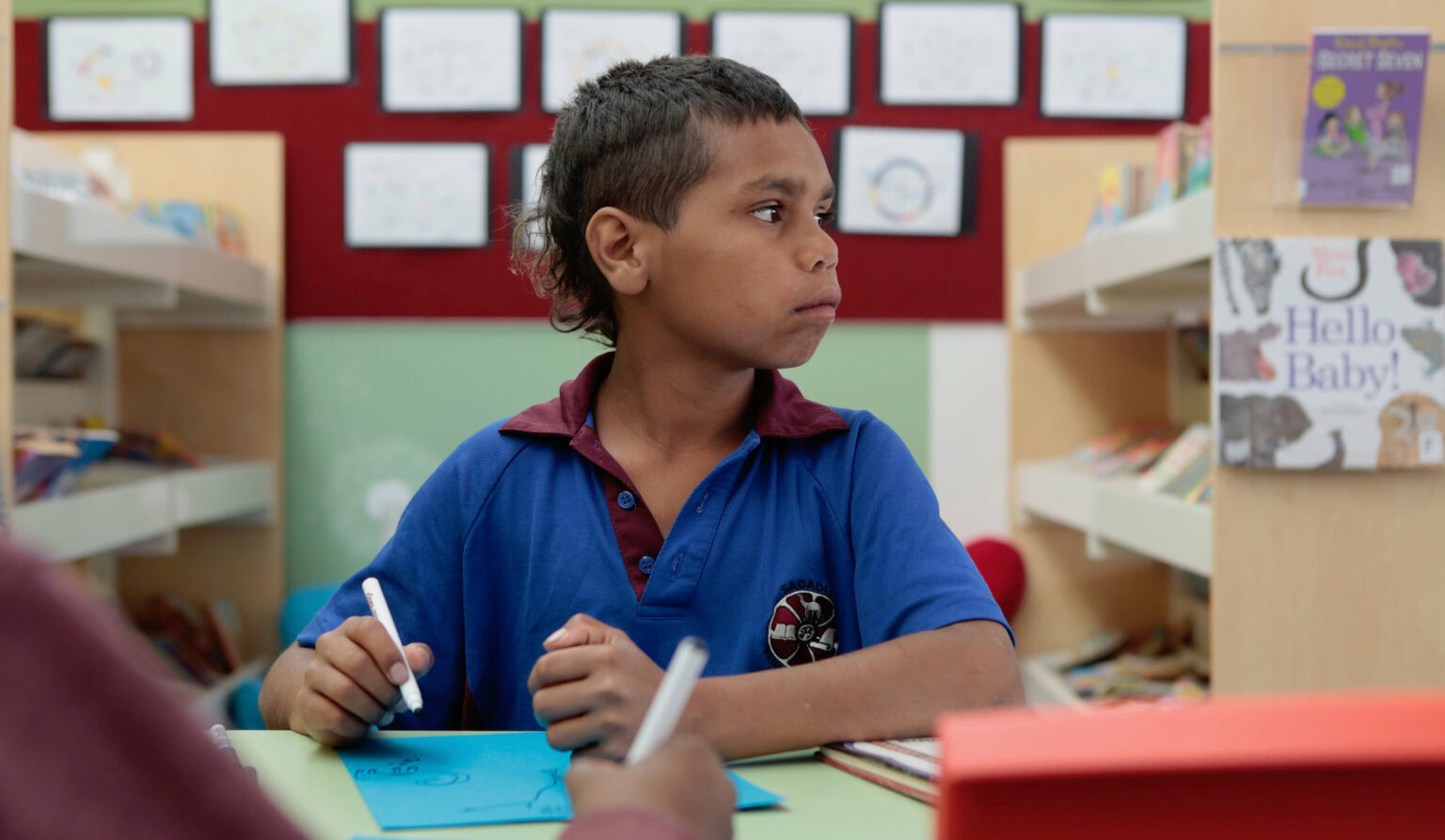
It’s important to remember this is all tied into our history. Black and white footage from the Stolen Generation remind us this is a whole lot bigger than one boy struggling at school. It’s a sobering realisation that still to this day Dujuan and his family are held down thanks to hundreds of years of colonisation and dispossession. Today, the colonial system remains flawed.
Not only is this a beautiful work, it’s release is oh so timely! Over the last 12 months, the Black Lives Matter Movement has been surging. From the deaths of countless African Amercians (Breonna Taylor and George Floyd), to hundreds of Aboriginals killed wrongfully on home soil (David Dungay Jr), enough is enough. In My Blood It Runs, is yet more proof that life is harder for First Nations people and that’s no fault of their own. The system built up around them, keeps these communities in a constant state of hardship. It’s always been that way. Don’t let this wash over you, engross yourself, step inside and feel what Dujuan and his family deal with everyday. What you do next…is up to you!
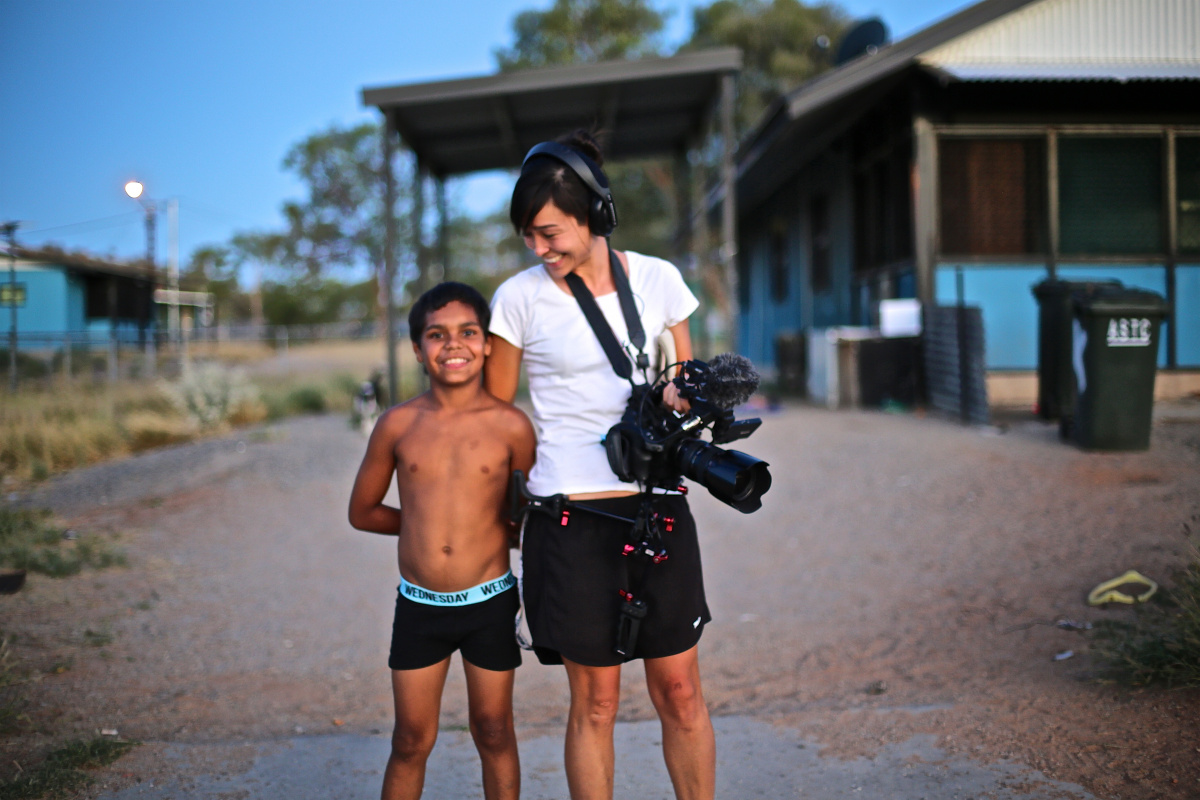
Loves Dance, Film Photography, Ocean Pools, The NY Knicks & Campari Sodas.